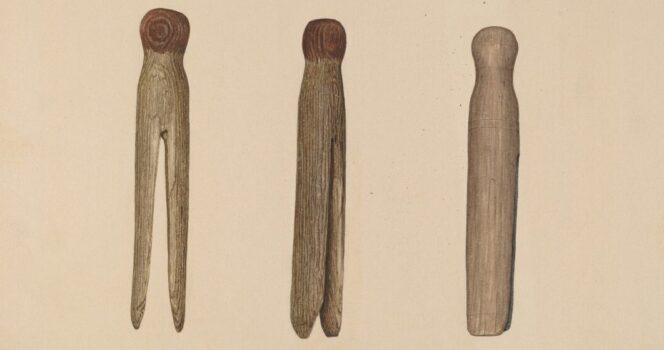Pins that evolve
As industrialization progressed in the 19th and early 20th centuries, the process of manufacturing wooden clothespins became mechanized. Wooden clothespin factories emerged, producing large quantities of standardized clothespins at a faster rate and at a lower cost. This made wooden clothespins more accessible to a larger number of households, contributing to their widespread use as a laundry tool.
Throughout the 20th century, wooden clothespins remained a staple in homes around the world, despite the introduction of alternative materials such as plastic. Their simplicity, durability, and affordability made them a popular choice for hanging laundry, especially for those without access to modern drying technology.
While plastic clothespins have become more common in some regions due to their low cost and mass production, wooden clothespins remain a symbol of traditional laundry practices and sustainable living.
Which is worse, losing your socks in the wind or in a dryer? Tell us what you think of this story and share it with your friends so we can hear what others have to say!
